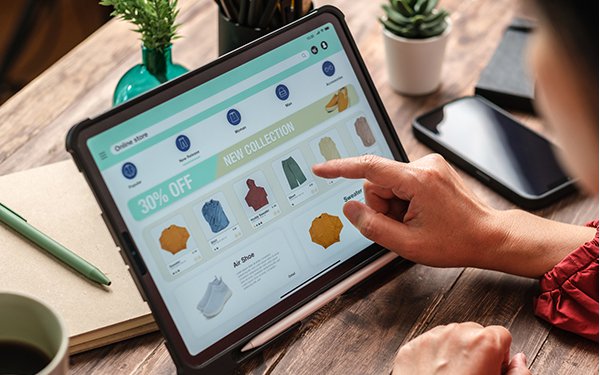Commentary
Trouble-Free Shopping Is A Top Brand Loyalty Driver
- by Ray Schultz , Columnist, April 24, 2024

Consumers demand ease of purchase above all else, judging by The Science of Loyalty, a study from Intuit Mailchimp.
Among repeat purchasers, 97% say their preferred brand makes it quick and easy to buy. This would include removing obstacles and streamlining product suggestions to help consumers avoid decision-making fatigue
That’s not all it takes to create loyalty, of course. “Moving up the spectrum, other loyalty categories include habitual loyalty, where loyalty emerges from routine rather than emotional ties, followed by dedicated loyalty, where consumers form an emotional connection to the brand's vision and purpose,” the study found.
The highest level — fandom — denotes a strong emotional bond and shared values within the brand’s community, the study finds.
advertisement
advertisement
Of all consumers, 25% are classified as insert, 23%, 40% as dedicated and 13% in fandom.
Of those belonging to the fandom category, 84% have a very favorable opinion of the brand, versus 52% of insert customers and 51% of habituals.
The second biggest loyalty driver is when a brand makes a person feel good — 87% say this is their motivation.
Almost 25% of Gen Z consumers favor brands that reflect their personal values. Only 18% of Gen Xers and 14% of baby boomers do so.
And a third of young adults would switch brands because of the environmental impact of unethical manufacturing. In contrast, 24% of GenXers and 19% of baby boomers would do the same.
Strangely, 18-24 year-old consumers are more likely to recommend a brand to family and friends, versus 37% of all shoppers. And 30% of the younger set have given products from their preferred brand as a gift, compared to 22% in general.
As for contact, 57% of shoppers favor email, followed by SMS (17%) and social media (17%).
A fourth of consumers will consider switching if a brand cannot offer quality service across channels.
Email is a top channel for reaching out: 47% of subscribers discover new product through brand emails, and 39% make a purchase.
Intuit Mailchimp surveyed 4,000 consumers across the U.S., Canada, the U.K., and Australia.





